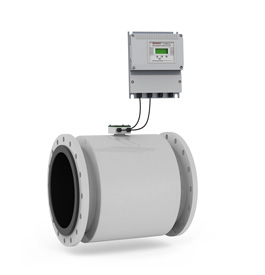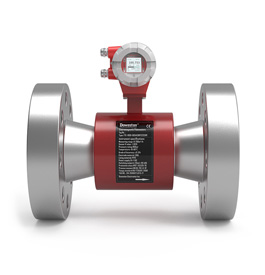Can be widely used in petroleum, chemical, electric power, metallurgy, pharmaceutical, food and many other industrial fields, is the ideal upgrade of traditional pressure gauge and pressure transmitter products, is the ideal pressure measurement and control instrument in the field of industrial automation.
A diaphragm remote transmitter is a type of pressure transmitter that uses a diaphragm to measure the pressure of a fluid or gas in a process and transmit it to a remote indicator or control system. It works based on the principle of converting the pressure signal into an electrical signal, which can be transmitted over a distance.
The transmitter consists of a pressure sensing element, a transmitter housing, and an electronic circuit. The pressure sensing element is a diaphragm, which is exposed to the process fluid or gas being measured. When the process fluid or gas applies pressure to the diaphragm, it deflects, causing a change in the resistance of the strain gauge, which is bonded to the diaphragm.
The change in resistance is detected by an electronic circuit, which converts it into an electrical signal, such as a current or voltage. The electrical signal is then transmitted to a remote indicator or control system through a pair of wires or a wireless signal.
The transmitter housing contains the electronic circuit, which includes an amplifier, a digital signal processor, and a transmitter module. The amplifier amplifies the electrical signal from the strain gauge, making it more suitable for processing and transmission.
The digital signal processor converts the analog signal into a digital signal, which can be further processed and manipulated by the control system. The transmitter module converts the digital signal into a standard output signal, such as a 4-20 mA or a digital signal, which can be transmitted to the remote indicator or control system.


































